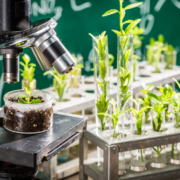
Strategic Career Planning for Plant Scientists: Navigating Your Path to Success
Blog, CareersEmbarking on a career in plant science is both exciting and challenging. As the world grapples with pressing issues like climate change, food security, and sustainable agriculture, plant scientists play a pivotal role in developing innovative solutions. However, to make a meaningful impact and achieve…

Plantae Presents: Dealing with Rejection and Finding Motivation During a Slow Patch in Your Research
Blog, Education, Plantae WebinarsPlantae Presents: Dealing with Rejection & Finding Motivation During a Slow Patch in Your Research
Featuring Daniel Oseiofosu and Pritha Kundu
When: Thursday, October 31, 2024, at
8:00 AM PDT | 11:00 AM EDT | 3:00 PM GMT | 11:00 PM Beijing
About this Webinar
Navigating the ups and downs…
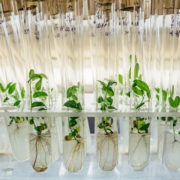
NGS Technologies: Where Will the Future Take Us?
Blog, EducationThe development of DNA sequencing technologies has experienced multiple paradigm shifts within just a few decades. From the early efforts to sequence biopolymers to the invention of electrophoretic methods for automated DNA sequencing, the journey has been remarkable (Shendure et al., 2017). As a bioinformatics…
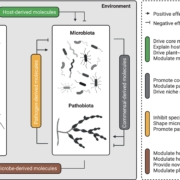
Virtual issue: The chemical language of plant–microbe–microbe associations
Plant Science Research WeeklyDon’t miss this exciting Virtual Issue from New Phytologist on “plant-microbe-microbe” interactions. That’s not a typo – many of the articles address the signals that coordinate such multi-factorial interactions, as there is a growing recognition that interrelations between microbes influence…
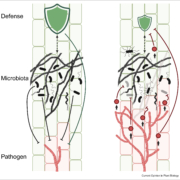
Review. Microbial tug-of-war: How plants and pathogens manipulate microbiomes
Plant Science Research WeeklyThe composition of plant-associated microbes is influenced by plant genetics, immune responses, environmental factors, and interactions between microbes. During disease development, the microbial community at infection sites changes due to tissue damage, altered immune responses, and manipulation via…
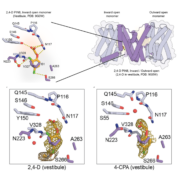
PIN auxin transporters also transport auxin-like herbicides (and more?)
Plant Science Research WeeklyAuxin is an extremely important plant hormone that must be precisely controlled. Auxin-like herbicides have been developed that are often more stable than the natural auxins, thus their application can damage the plant. Here, Schulz, Ung et al. investigated how these auxin herbicides move in plant tissues.…

Unveiling vacuole biogenesis: Tubular networks are present in plant meristem cells
Plant Science Research WeeklyA recent paper by Scheuring and colleagues investigates vacuole biogenesis in meristematic cells of Arabidopsis thaliana, challenging earlier models of vacuole formation. Vacuoles are crucial organelles responsible for various cellular functions, yet their formation has remained puzzling for quite some…

Decoding the signaling precision of receptor-MAPK pathways
Plant Science Research WeeklyHave you ever wondered how cells distinguish between the diverse array of external signals traveling through similar pathways? To understand the intricacies of plant signaling mechanisms, Ma et al. used single endodermal cells of Arabidopsis roots as a model to compare two receptor pathways. One pathway…
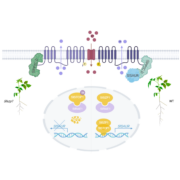
Tomato SAURs regulate root elongation under Al stress
Plant Science Research WeeklyIn acidic soils, aluminum (Al) toxicity is a major problem that causes a dramatic arrest in root elongation. Aluminum tolerance can include the secretion of organic acids and the sequestration of Al in internal cellular compartments. Here, Dong et. al shed light on a new pathway that alleviates the inhibition…

